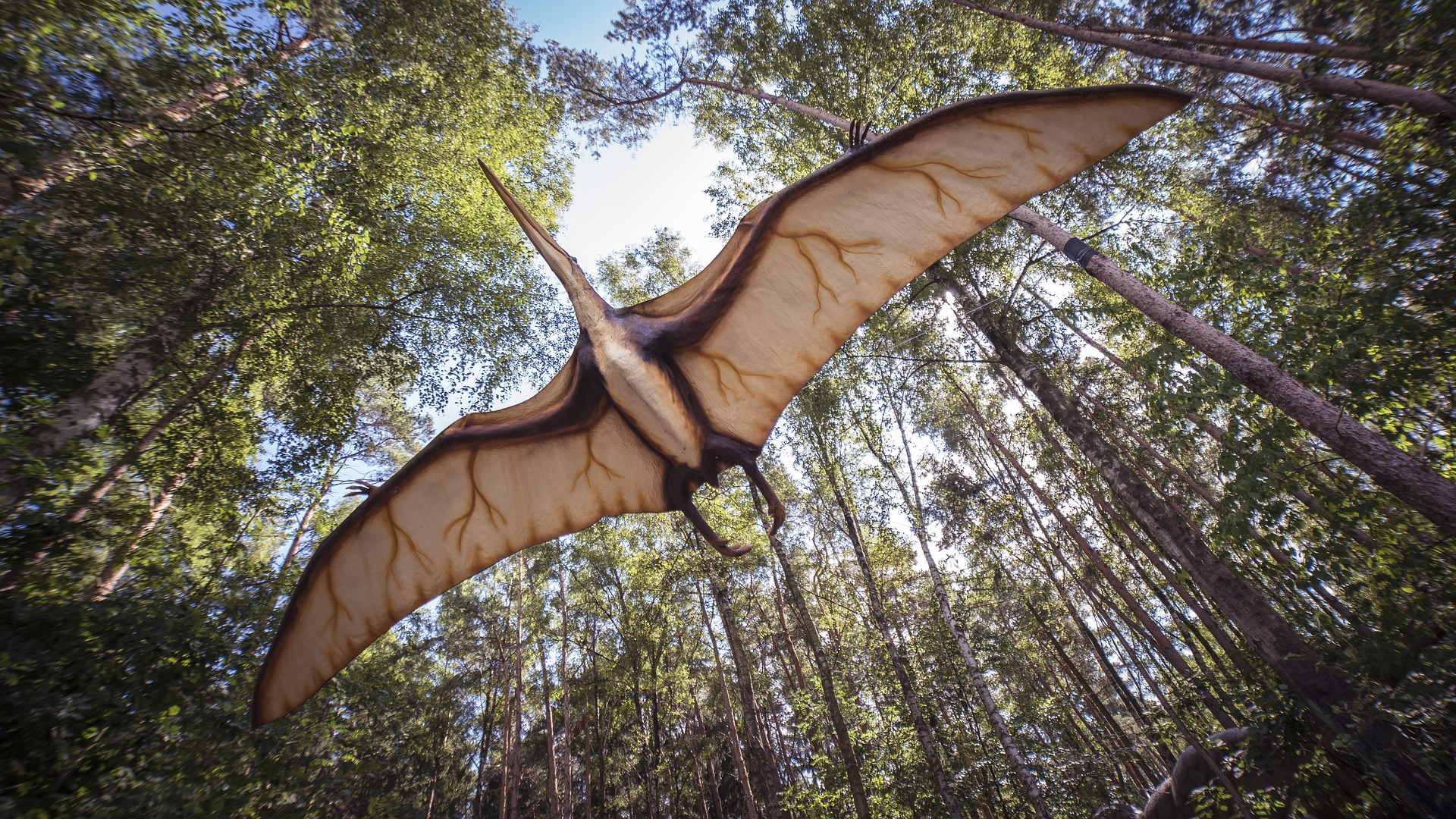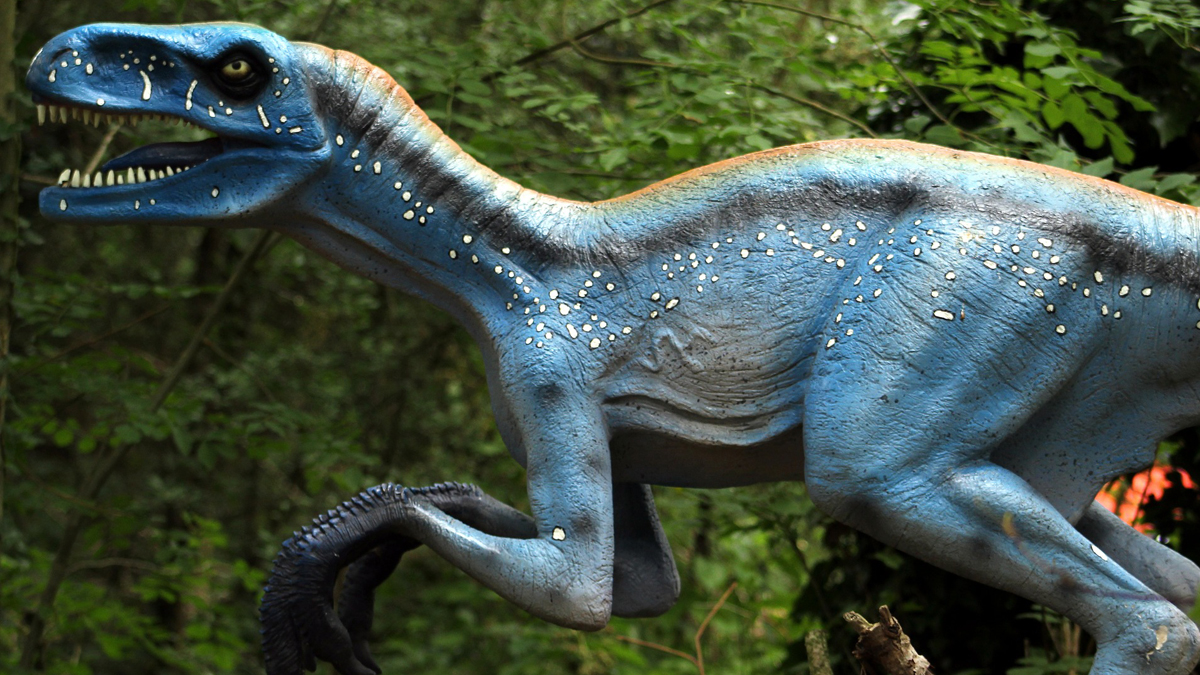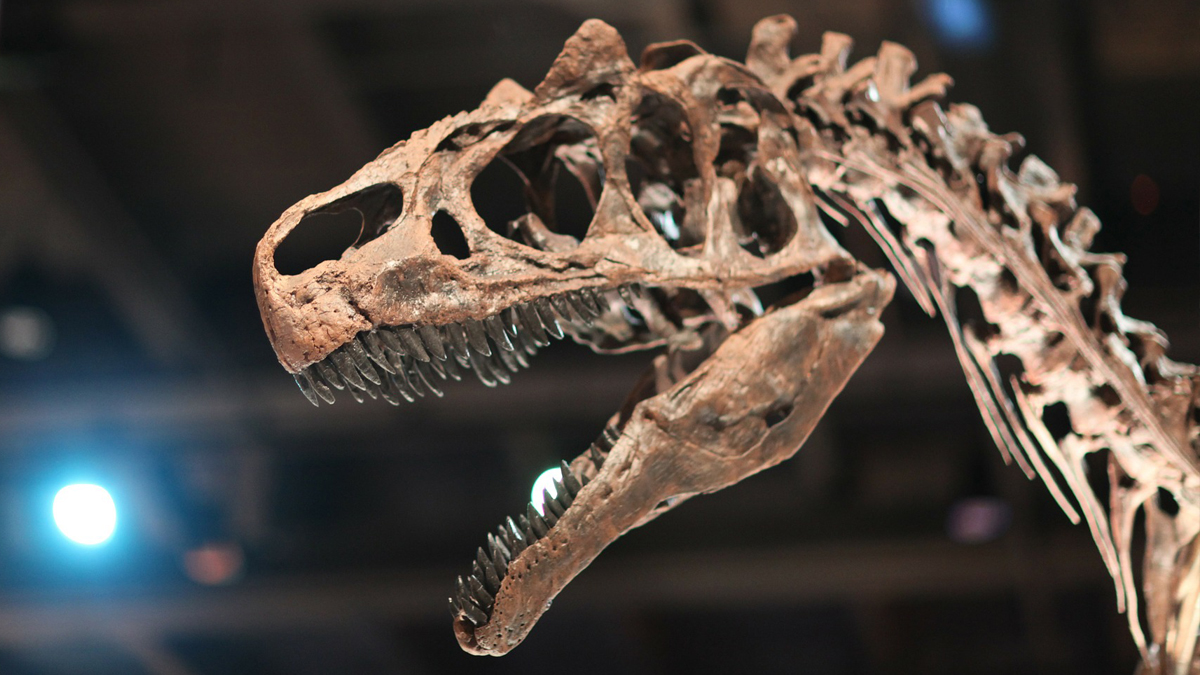Pterodactyl

Pterodactylus (from Greek πτεροδάκτυλος, pterodaktulos, meaning "winged finger") is an extinct genus of pterosaurs, whose members are commonly known as pterodactyls (/ˌtɛrəˈdæktɪlz/). It is thought to contain only a single species, Pterodactylus antiquus, which was the first pterosaur to be named and identified as a flying reptile.
Fossil remains of Pterodactylus have primarily been found in the Solnhofen limestone of Bavaria, Germany, which dates back to the Late Jurassic period (early Tithonian stage), about 150.8 to 148.5 million years ago. More fragmentary remains of Pterodactylus have tentatively been identified from elsewhere in Europe, as well as in Africa.
Pterodactylus was a generalist carnivore that probably fed on a variety of invertebrates. Like all pterosaurs, Pterodactylus had wings formed by a skin and muscle membrane stretching from its elongated fourth finger to its hind limbs. It was supported internally by collagen fibres and externally by keratinous ridges. Pterodactylus was a small pterosaur compared to other famous genera such as Pteranodon and Quetzalcoatlus, and it also lived earlier, during the Late Jurassic period, while both Pteranodon and Quetzalcoatlus lived during the Late Cretaceous. Pterodactylus lived alongside other small pterosaurs such as the well-known Rhamphorhynchus, as well as other genera such as Scaphognathus, Anurognathus and Ctenochasma. Pterodactylus is classified as an early-branching member of the ctenochasmatid lineage, within the pterosaur clade Pterodactyloidea.


